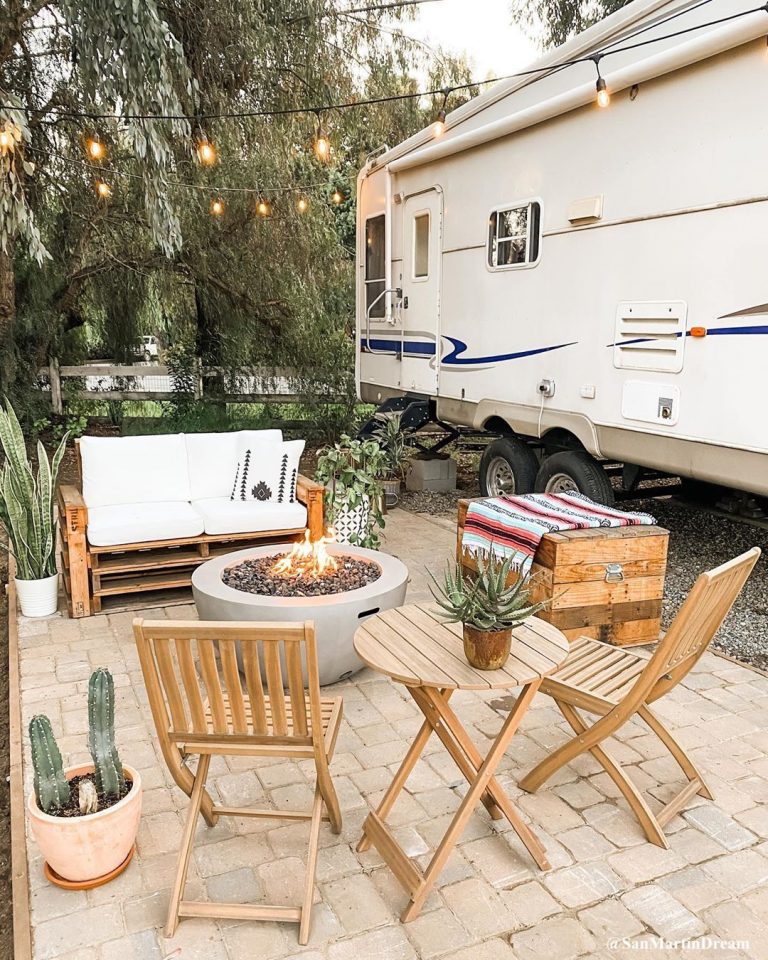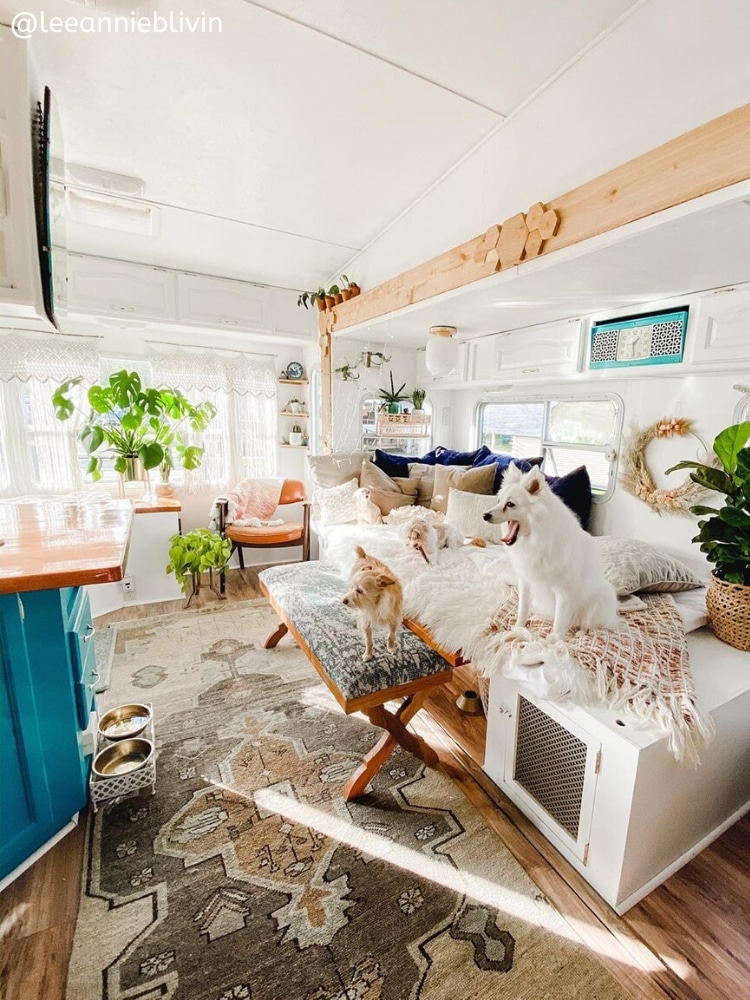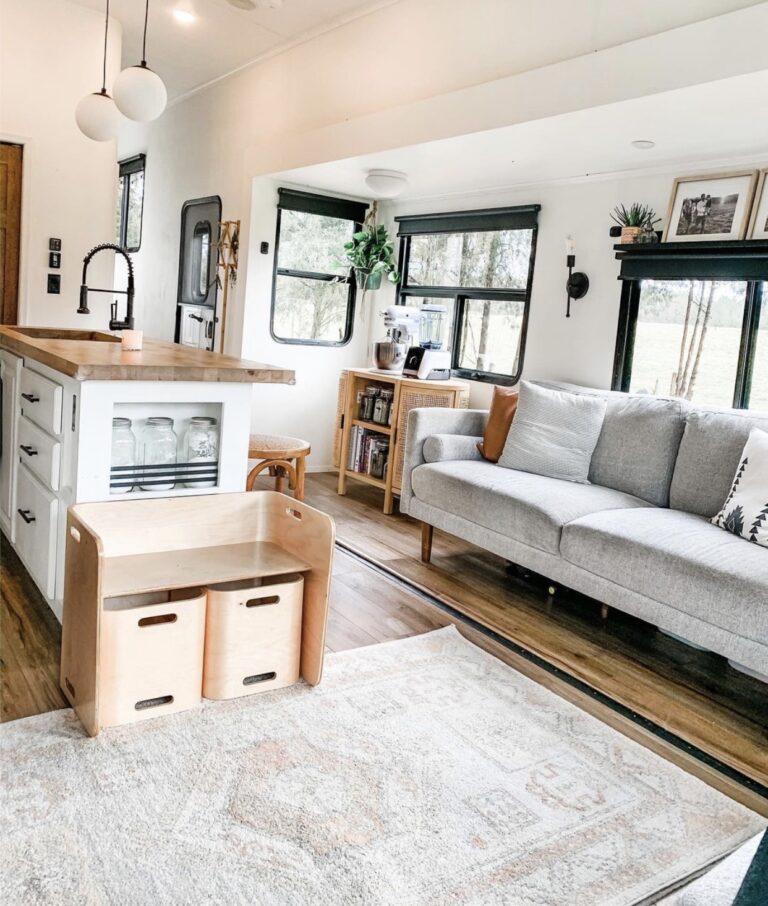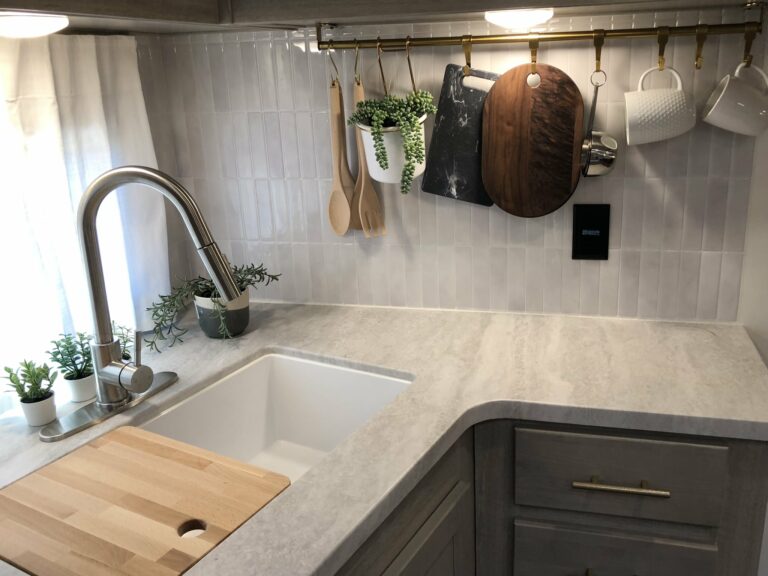6 Tips for Inspecting a Used Pop-Up Camper
This post may contain affiliate links.
Camping in a pop-up camper is the perfect way to enjoy nature and get away from it all. It is a comfortable alternative to tent camping while being more economical than RVing. Pop-up campers are lightweight and easy to tow with most vehicles, making them great for weekend trips or even longer vacations.
With a variety of amenities like sleeping space, storage options, kitchenettes, and more, campers can be customized to fit your needs. They provide protection from the elements while still allowing you to experience the outdoors up close and personal.

Whether you’re looking for a fun family adventure or just some time alone in nature – a pop-up camper is an ideal choice!
When considering buying a used pop-up camper, it’s important to take the time to do a thorough inspection to make sure you don’t end up with any unpleasant surprises. With the right knowledge, you can save yourself from unwanted expenses or repairs.
Tips for Inspecting a Used Pop-Up Camper
To ensure you get the best possible deal and avoid disappointment, here are some tips on what to look for when purchasing a used pop-up camper.
1. Inspect the Roof
The most critical component of a pop-up camper is the roof. The most common roofing materials in a pop-up camper are aluminum, fiberglass, or plastic.
The camper should be in the closed position for your roof inspection, and you will want to begin the inspection at the corners. This is typically the first place for a pop-up camper roof to fail, so check for cracks or discoloration. Any trim or seams will be the next weak point, so check all of those for damage. If the roof has experienced big hail, then dents might also be a sign of potential leaks.
The final roof inspection will be inside the corners. Crank the roof up just enough to get your eyes on the inside of the corners and check for any sign of water damage. This is where you’ll discover the real truth – it’s hard to hide old leaks or repair work on the inside!
Check out this video by It’s Poppin to see exactly what to look for:
2. Look at the Lift System
The lift is a fairly simple system of pulleys, cables, and a winch. However, it is absolutely critical to the performance of the camper. Quick and simple maintenance goes a long way here since you just have to take care of the cable for the most part. Keeping it greased up reduces fraying and wear, drastically reducing the risk of cable breakage.
Check the cable for any fraying on the used camper and see if it’s greased or dry. Make sure to test the system by popping up the camper.
3. Check the Canvas
The canvas of a pop-up camper is important to keep the weather out. Canvas can actually last for decades if kept properly, but replacing the canvas can be costly. Although we call it “canvas”, it’s actually a synthetic material that is waterproof and flexible.
The three biggest failures of a pop-up camper’s canvas will be mildew, stains, or perforations. Smell the inside of the camper once it’s popped up. If it smells musty or unpleasant, that means that there has either been a water leak, or the canvas was packed up while moist, and mildew has been given the chance to grow.
If you see any large stains on the canvas, this would undoubtedly be from a water leak. That should be a major red flag, and you should begin an investigation into the cause.
Perforations in the canvas are not as big of a deal as you might think. You can actually use screen door repair tape to seal up most of them, as long as they aren’t too large. I have had success with this method on rips up to eight inches long.
A new canvas can go for thousands of dollars, so this is an important step to consider when inspecting a camper that you intend to purchase.
4. Floor & Ceiling Check
Once you’re inside, you can do a detailed inspection of the floor and ceiling. Generally, the ceiling will be more important and is the second act of your roof inspection. Now, you want to verify what you found on the roof. You’ll do this by checking for any stains and pressing on the ceiling to search for soft spots.
The floor follows the ceiling since most water damage comes from above the floor rather than below it. The underside of the floor is made to get wet from the road.

If you didn’t find any damage in the ceiling, then check for soft spots on the floor, especially around the plumbing fixtures. The corners of the camper can be particularly troublesome.
5. Look at Furniture & Fixtures
If the camper has an air conditioning unit, then check the ceiling around the opening for soft spots. Plug in the camper and check to make sure the unit is cooling well. Replacement units are not very expensive relative to the camper, and they are a universal fit, so don’t lose sleep over a failed A/C unit.
Hook up the water to run the faucet and test the sink. Make sure that water flows in and out of the camper well, and doesn’t leak.
If there is a propane stove or furnace, hook up the gas and test those as well. You should not smell propane continuously, and if you do then shut everything off immediately.
If there is a mini fridge, then make sure to test that out as well. A lot of pop-up campers have three-way refrigerators, which can run off of 12 volts (battery), 110/120 volts (hookups), and propane. Make sure to test each. Let it run for a while to see if it gets cold. These are not very easy to replace.
6. Check Tires & Bearings
The “shoes” of the camper might seem like a big deal, but the truth is you should probably replace the tires and bearings anyhow. Unless bearings have just been changed and the tires are brand new, I would strongly recommend changing both before your first trip.
Old bearings can become a burden on your towing vehicle, almost like driving with the brakes on. They’re very cheap and simple to replace, and you really don’t have to be a mechanic to do it. Trailer tires have an expiration date on the sidewall, so check that even if they look new.

What to Bring for Inspecting a Pop-Up Camper
The most important things to bring to inspect a used camper are an extension cord, a plug converter, and a flashlight. It is ideal to meet up close to a power source to plug the camper in and test everything. The extension cord and plug converter (typically 30 amp female to Edison style male) ensure that you can actually reach a power source.
About the author: Simon Trask is a partner and editor of LakeHub (LakeHub.com) and Texas Outside (TexasOutside.com), and loves dragging his pop-up camper all over the United States.











Very nice blog post. I absolutely love this website. Continue the good work!